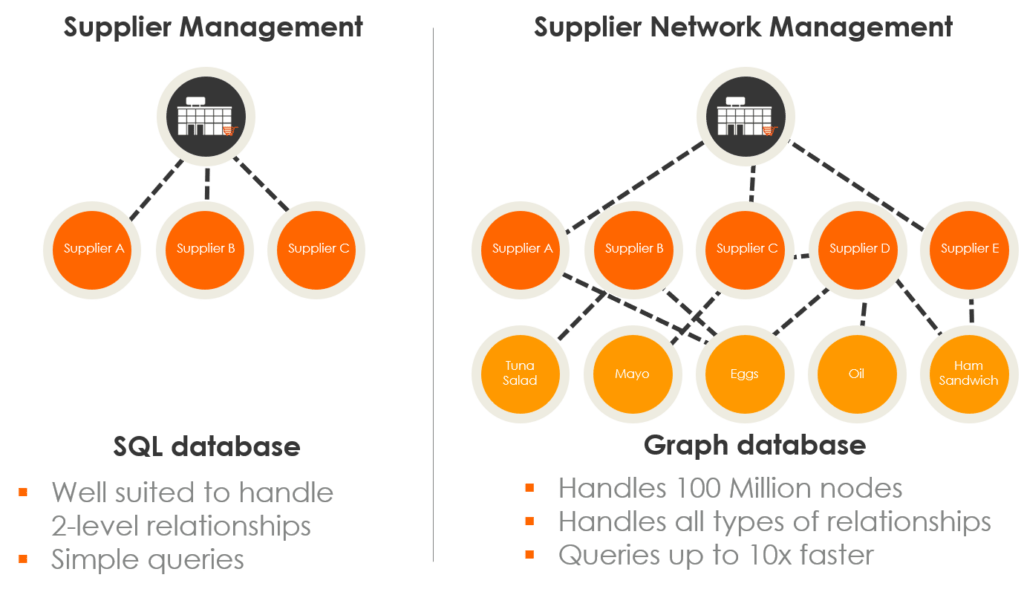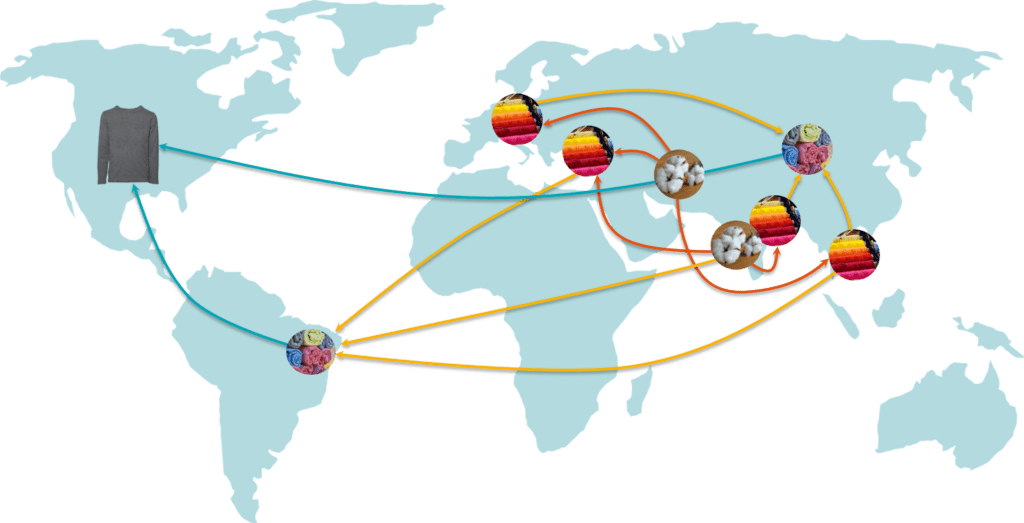
Given the length and complexity of modern supply chains, most of these data relationships are not hierarchical or one-to-one, but rather interconnected and involving multiple levels.

Given the length and complexity of modern supply chains, most of these data relationships are not hierarchical or one-to-one, but rather interconnected and involving multiple levels.

Globalization has undoubtedly transformed the supply chain. With the world at our fingertips, we can now produce high-quality goods more quickly and more cost effectively than in the past. However, globalization, alongside all its benefits, has also made supply chains more complex—making supply chain management a more challenging task.

The EU Directive 2014/95 requires companies to comply with, among others, a number of environmental requirements. What kind of technology is best suited to help?
We attended Neo technology’s Neo4J graph database event GraphConnect in London a few days ago. As we mentioned in a previous post, we’ve been using graph technology from the beginning,…
“Fifty years ago, the average grocery store stocked about 200 items, of which 70 percent were grown, produced or processed within 100 miles of where they were eventually purchased. Today,…